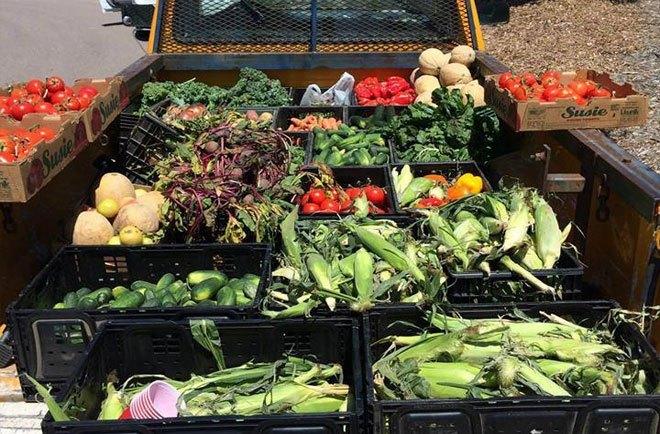
Banks do not have the most sterling reputation among the general public, due to the 2008-2009 financial crises and the general distrust many of us feel toward financial institutions. But there is evidence that banks are doing more on social and environmental responsibility challenges, and quite often the programs are far more creative than simply cutting a check for a local philanthropy. Wells Fargo, within its most recent interim corporate social responsibility (CSR) report, is an example of how a massive bank can run a comprehensive sustainability program.
One way in which Wells Fargo is burnishing its sustainability credentials is by becoming one of the more aggressive and creative lenders within the financial sector. At a time when banks are often reticent to lend money to anyone, Wells Fargo claims it has made a total of US$37 billion in loans and investments within the clean technology and green building sectors since 2012 — already passing the company’s goal of US$30 billion in such investments by 2020. Most recently, the company launched a US$1 million program with Imagine H2O, a Northern California NGO that runs an annual water technology competition. These loans and investments comprise just one example of what Wells Fargo is doing on the environmental front.
In addition to being a “green” lender, Wells Fargo is cleaning up its own operations as well. The company says it has reduced greenhouse gas emissions by 24 percent, well on the way toward meeting its 2020 goal of a 35 percent reduction. Energy and waste diversion goals are also making steady progress. Finally, Wells Fargo is halfway toward its goal of upgrading 35 percent of its leased and owned buildings to LEED certification by the end of this decade.
And inside those buildings are 265,000 employees, who offer plenty of opportunities for volunteering within local communities. Wells Fargo makes the case that its employees are making a difference at many levels, both in time and financial contributions. Last year its workforce volunteered 1.74 million hours, for a total of over 6.4 million hours since 2011. Employees are opening their pocketbooks, too, with $97.7 million pledged to various causes in 2014, a 10 percent increase from the previous year.
One interesting employee-led project that combines the social and environmental takes place in Colorado: A Wells Fargo manager in the Denver area took her passion for volunteering at local hunger programs and channeled it toward launching a nonprofit that distributes food to those in need. The organization, Foraged Feast, collects unwanted produce from farmers, wholesalers and even private homes. Wells Fargo’s volunteer-leave program offers paid leave to employees for programs such as Foraged Feast — which also received a grant from the bank.
Wells Fargo’s programs go beyond corporate philanthropy; they also make good business sense. As a company communications spokesperson explained to me last week, the bank is the largest agricultural lender and insurer in the United States. Being a more responsible company is more than showing a record as a good corporate citizenship to a more discerning customer base. Between water and energy becoming scarcer, along with impacts on everything from food security to local economic development, a sustainability agenda like that of Wells Fargo’s is also a solid long-term investment in the communities in which the company conducts business.
Image credit: Wells Fargo

Leon Kaye has written for 3p since 2010 and become executive editor in 2018. His previous work includes writing for the Guardian as well as other online and print publications. In addition, he's worked in sales executive roles within technology and financial research companies, as well as for a public relations firm, for which he consulted with one of the globe’s leading sustainability initiatives. Currently living in Central California, he’s traveled to 70-plus countries and has lived and worked in South Korea, the United Arab Emirates and Uruguay.
Leon’s an alum of Fresno State, the University of Maryland, Baltimore County and the University of Southern California's Marshall Business School. He enjoys traveling abroad as well as exploring California’s Central Coast and the Sierra Nevadas.














